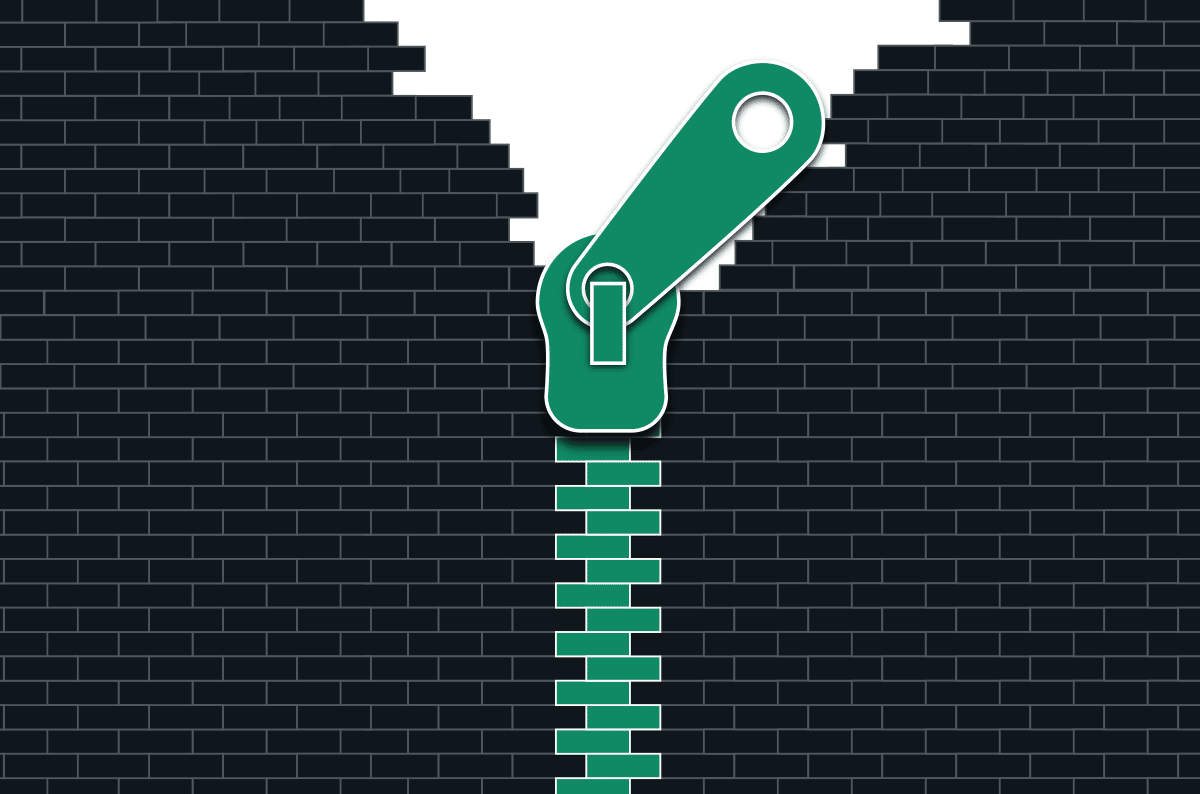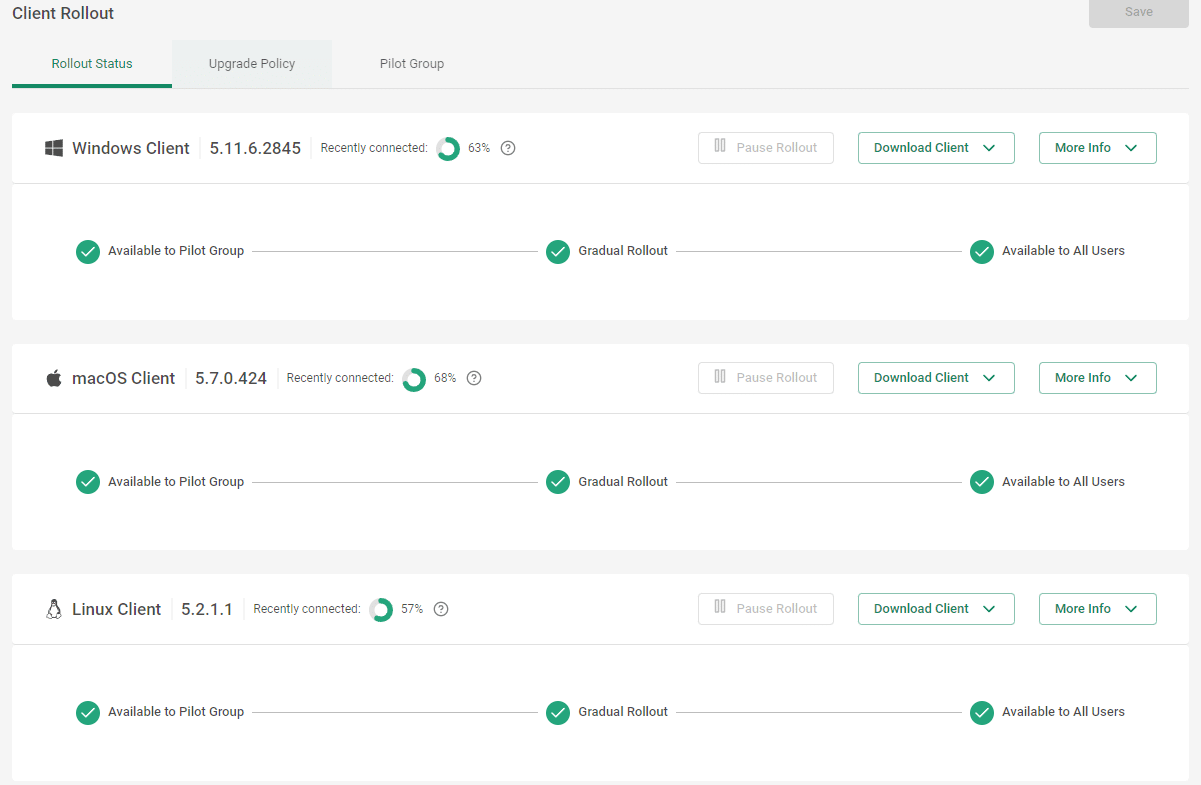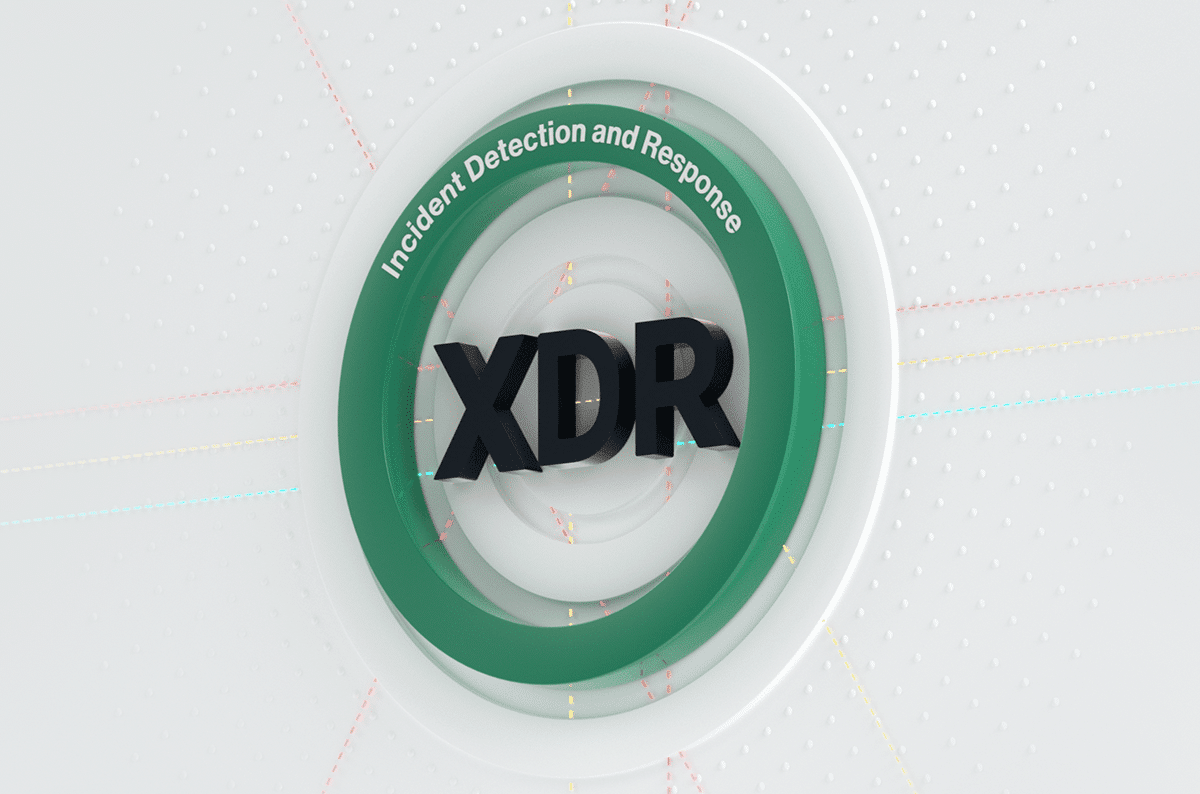How a Managed Firewall Can Help Close Corporate Security Gaps

|
Listen to post:
Getting your Trinity Audio player ready...
|
As organizations grow more reliant on expanding IT infrastructures, cyber threats are also growing more sophisticated. A mature security program is essential to protect the organization against cyber attacks. However, many security teams lack the resources and personnel to keep pace of their expanding duties.
As security teams become overwhelmed, identifying ways to ease their burden is essential to minimizing the security gaps that leave companies vulnerable to attacks.
Most Security Teams are Struggling
Security teams’ responsibilities are rapidly expanding, and many are struggling to keep up. Some of the major challenges that IT and security teams face include:
- Expanding IT Infrastructure: Corporate IT infrastructures are expanding and growing more diverse due to numerous drivers. Companies are increasingly adopting cloud infrastructure, remote and hybrid work models, and Internet of Things (IoT) and mobile devices. All of these bring new attack vectors and unique security requirements.
- Heterogeneous Architectures: The modern IT environment includes various architectures and environments. Each of these must be properly configured, and secured. This can create a diverse security architecture of standalone products that are difficult to effectively monitor, and manage.
- Security Alert Overload: This collection of various security solutions also contributes to the alert overload facing modern security teams. The average enterprise security operations center (SOC) sees over 10,000 alerts per day, each of which requires an average of 24-30 minutes to address. With the inability to properly investigate every security alert — or even a reasonable percentage of them — security teams might make decisions that let real threats slip through the gaps, potentially while they waste their efforts on false positives.
- Vulnerability Management: Software vulnerabilities in production systems are an issue that is quickly spiraling out of control. Over 28,000 new vulnerabilities were discovered in 2021 alone, a 23% growth over the more than 23,000 discovered the previous year. Identifying, testing, and applying patches for vulnerabilities in corporate software and hardware — including the third-party libraries and components used by them — is a significant task, and many patch management programs lag behind, leaving the organization vulnerable.
At the same time, the cybersecurity industry is facing a significant skills gap, which means that companies struggle to attract and retain skilled personnel to fill critical roles. Overwhelmed and understaffed security teams lead to security gaps.
The Upside-Down World of Networking & Security | WebinarFirewall Management is a Major Chore
Closing these security gaps requires the ability to reduce security teams’ workloads to a manageable level. One area with significant room for improvement is firewall management.
A network firewall is the cornerstone of an organization’s security architecture; however, it is not an easy tool to manage. Some of the time-consuming duties associated with firewall management include:
- Firewall Rule Maintenance: Network firewall rules should be designed to restrict network traffic to only that required for business purposes. With increasingly diverse IT infrastructures, organizations must develop and maintain a range of firewall rules tuned to the needs of different devices and environments.
- Patch Management: Like other products, firewalls need patches and updates, and, due to their role within an organization’s environment, are common targets of attack. Security personnel should promptly test and apply updates when they become available.
- Monitoring and Management: Firewalls are not “set it and forget it” systems and require ongoing monitoring and maintenance to be effective. Investigating alerts, validating the effectiveness of firewall rules, and other ongoing activities consume time and resources.
Firewalls can significantly benefit an organization by blocking inbound and WAN-bound attacks before they reach their intended targets. By performing all of these firewall management tasks, security personnel lower corporate cybersecurity risk and achieve clear benefits to the organization.
However, the time spent configuring and managing firewalls could also be spent on other valuable security tasks as well. For example, the time and resources devoted to firewall management may have also been used to identify and remediate an intrusion before it became a data breach or malware infection.
A Managed Firewall Realigns Security Priorities
Security teams have roles and responsibilities that commonly exceed their abilities to carry them out. As corporate infrastructure grows larger and more complex, the growth in security team headcount cannot keep up. As a result, some work may be left undone, and security teams are often forced to perform triage to determine which tasks can be delayed or left incomplete with minimal risk to the organization.
Organizations can resolve this issue by taking steps to alleviate the burden on security personnel. By taking some of the tedious work — such as firewall maintenance— off of their plates, an organization can free up resources and its security team’s time and expertise for tasks where it is more greatly needed.
A managed firewall can enhance security while reducing overload on security personnel. A managed firewall service enables an organization to outsource responsibility for firewall management to a team of third-party experts. This provides companies with firewall rules based on evolving threat intelligence and solutions configured in accordance with industry best practice and regulatory requirements.
A managed Secure Access Service Edge (SASE) deployment takes this a step further, handing over the responsibility for maintenance of the organization’s entire network security stack to a third-party provider instead of just the firewall. Managed SASE also comes with additional benefits, such as improved integration of network and security functionality and optimized routing of WAN traffic over dedicated network links.
Cato provides the world’s most robust single-vendor SASE platform, converging Cato SD-WAN and a complete cloud-native security service edge, Cato SSE 360, including Zero Trust Network Access (ZTNA), Secure Web Gateway (SWG), Cloud Access Security Broker (CASB), Data Loss Prevention (DLP), and Firewall as a Service (FWaaS) into a global cloud service. Cato optimizes and secures application access for all users, locations, and applications, and empowers IT with a simple and easy to manage networking and security architecture. Learn more about optimizing your organization’s security operations by signing up for a free demo today.















